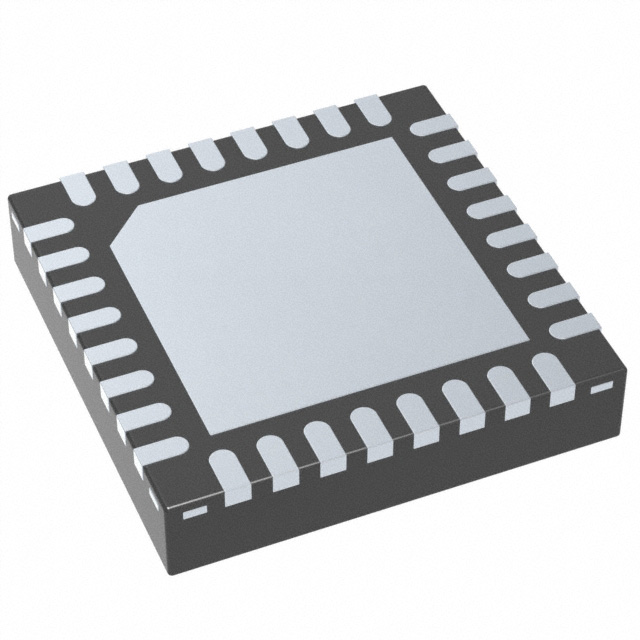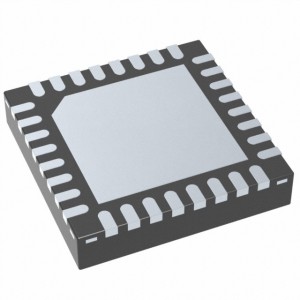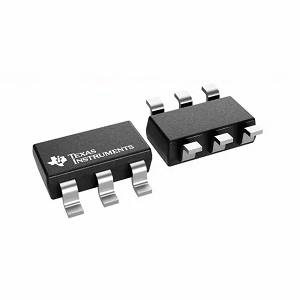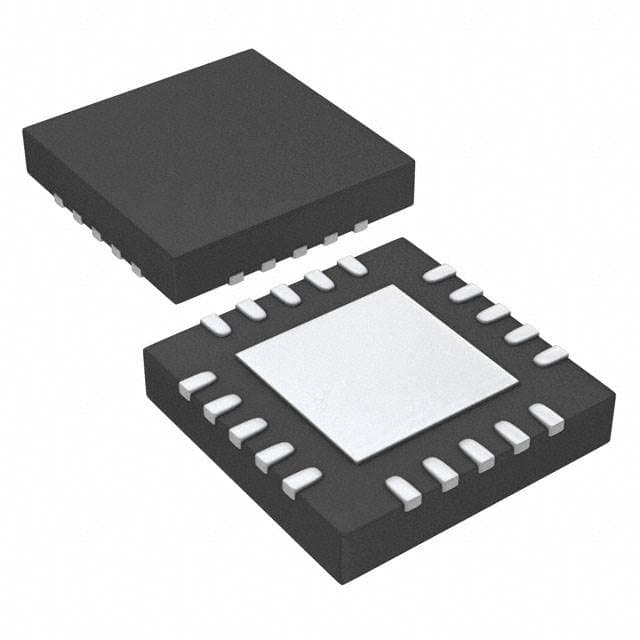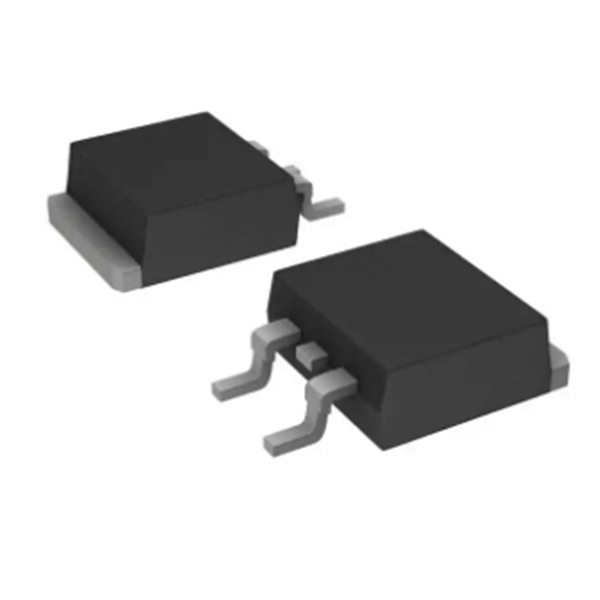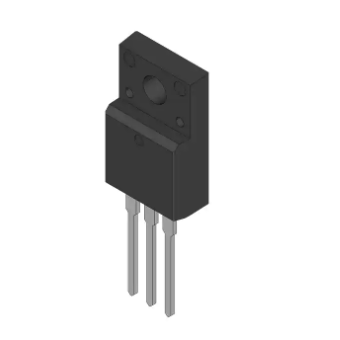TLV320AIC3101IRHBR High Quality New&Original IC Integrated Circuit Electronic Components In Stock
Product Attributes
|
TYPE |
DESCRIPTION |
|
Category |
Integrated Circuits (ICs) Interface - CODECs |
|
Mfr |
Texas Instruments |
|
Series |
- |
|
Package |
Tape & Reel (TR) Cut Tape (CT) Digi-Reel® |
|
SPQ |
250T&R |
|
Product Status |
Active |
|
Type |
Stereo Audio |
|
Data Interface |
PCM Audio Interface |
|
Resolution (Bits) |
24 b |
|
Number of ADCs / DACs |
2 / 2 |
|
Sigma Delta |
Yes |
|
S/N Ratio, ADCs / DACs (db) Typ |
92 / 102 |
|
Dynamic Range, ADCs / DACs (db) Typ |
93 / 97 |
|
Voltage - Supply, Analog |
2.7V ~ 3.6V |
|
Voltage - Supply, Digital |
1.65V ~ 1.95V |
|
Operating Temperature |
-40°C ~ 85°C |
|
Mounting Type |
Surface Mount |
|
Package / Case |
32-VFQFN Exposed Pad |
|
Supplier Device Package |
32-VQFN (5x5) |
|
Base Product Number |
TLV320 |
Definition
An audio codec is a codec (a device or computer program capable of encoding or decoding a digital data stream) that encodes or decodes audio. In software, an audio codec is a computer program that implements an algorithm that compresses and decompresses digital audio data according to a given audio file or streaming audio coding format. The algorithm aims to represent a high-fidelity audio signal with a minimum number of bits while maintaining quality.
Working Principle
Audio decoder chips work on the following principles.
1. Digitization of audio signal: digitization of signal means converting a continuous analog signal into a discrete digital signal, which generally requires three steps sampling, quantization, and coding.
2. Sampling: The sequence of signal sample values at certain intervals is used to replace the original continuous signal in time.
3. quantization: using a finite number of amplitude approximation of the original continuous change in time, the analog signal continuous amplitude into a finite number of discrete values with a certain time interval.
4. encoding: according to certain rules, the quantized discrete values are expressed in binary digits. The above digitization process is also known as Pulse Code Modulation (Pulse Code Modulation), usually achieved by A/D converters.
5. audio sampling: sampling is to take several representative sample values from a continuously varying analog signal in time, to represent this continuously varying analog signal. A continuous analog audio signal in time and amplitude of the function table for x (t), the sampling process is a function of x (t) in the time-discrete process. General sampling is carried out at uniform time intervals. Let this time interval be T, then the sampled signal is x(nT), n being a natural number.
Product
The TLV320AIC3101 is a low-power stereo audio codec with stereo headphone amplifier, as well as multiple inputs and outputs that are programmable in single-ended or fully differential configurations. Extensive register-based power control is included, enabling stereo 48-kHz DAC playback as low as 14 mW from a 3.3-V analog supply, making it ideal for portable battery-powered audio and telephony applications.
The record path of the TLV320AIC3101 contains integrated microphone bias, digitally controlled stereo microphone preamplifier, and automatic gain control (AGC), with mix/mux capability among the multiple analog inputs. Programmable filters are available during record which can remove audible noise that can occur during optical zooming in digital cameras. The playback path includes mix/mux capability from the stereo DAC and selected inputs, through programmable volume controls, to the various outputs.
The TLV320AIC3101 contains four high-power output drivers as well as two fully differential output drivers. The high-power output drivers are capable of driving a variety of load configurations, including up to four channels of single-ended 16-Ω headphones using ac-coupling capacitors, or stereo 16-Ω headphones in a capless output configuration. In addition, pairs of drivers can be used to drive 8-Ω speakers in a BTL configuration at 500 mW per channel.
The stereo audio DAC supports sampling rates from 8 kHz to 96 kHz and includes programmable digital filtering in the DAC path for 3D, bass, treble, midrange effects, speaker equalization, and de-emphasis for 32-kHz, 44.1-kHz, and 48-kHz sample rates. The stereo audio ADC supports sampling rates from 8 kHz to 96 kHz and is preceded by programmable gain amplifiers or AGC that can provide up to 59.5-dB analog gain for low-level microphone inputs. The TLV320AIC3101 provides an extremely high range of programmability for both attack (8–1,408 ms) and for decay (0.05–22.4 seconds). This extended AGC range allows the AGC to be tuned for many types of applications.
For battery saving applications where neither analog nor digital signal processing are required, the device can be put in a special analog signal passthrough mode. This mode significantly reduces power consumption, as most of the device is powered down during this passthrough operation.
The serial control bus supports the I2C protocol, whereas the serial audio data bus is programmable for I2S, left/right-justified, DSP, or TDM modes. A highly programmable PLL is included for flexible clock generation and support for all standard audio rates from a wide range of available MCLKs, varying from 512 kHz to 50 MHz, with special attention paid to the most-popular cases of 12-MHz, 13-MHz, 16-MHz, 19.2-MHz, and 19.68-MHz system clocks.
The TLV320AIC3101 operates from an analog supply of 2.7 V–3.6 V, a digital core supply of 1.525 V–1.95 V, and a digital I/O supply of 1.1 V–3.6 V. The device is available in a 5-mm × 5-mm 32-pin QFN package.






